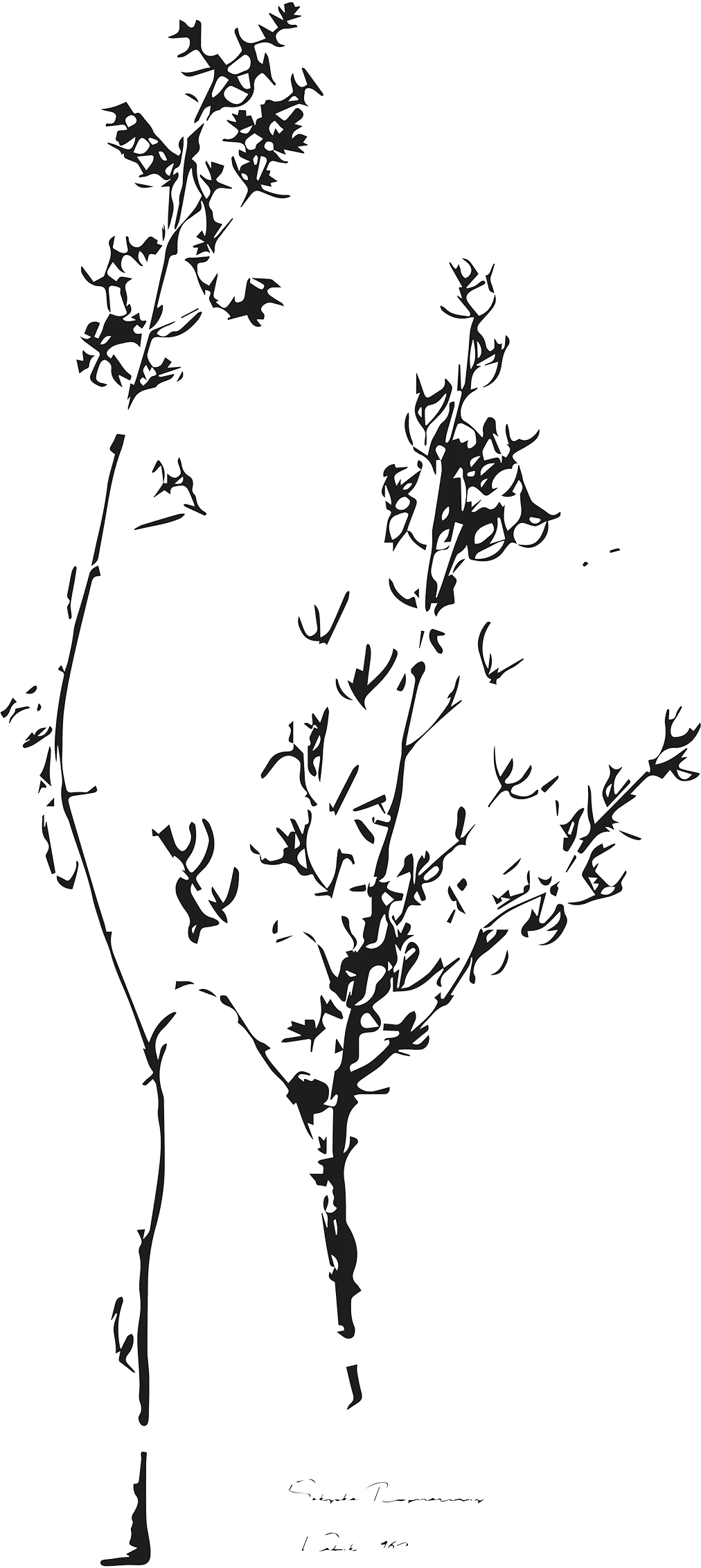THE STORY
THE TRADITION
Soapstone has been carved into cooking utensils since antiquity. It is the perfect material due to its malleability and the way it absorbs heat. These cooking pots, or maglas, are an essential part of any Yemeni household. They are used to cook traditional dishes like and foul, where they are served straight from the sizzling pot.

BUILT TO LAST
Yemeni pots are carved by hand, using adzes and files. The pots are about one-quarter inch thick, as opposed to European and South American stoneware which is usually at least half an inch thick. Counter-intuitively, this makes the pots more durable on the fire. Food science writer Harold McGee points out that heat spreads slowly through stone, so thinner pieces suffer less stress and warping on the fire. As they’re carved from a single piece of rock, a soapstone pot does not have an in-built handle, the way pottery or a metal utensil can. Instead Yemeni maglas have a triangular ridge, making them easier to use.

THE MATERIAL
Our stone pots are not to be confused with stoneware, which is a kind of clay fired at high temperature. These pots are actually carved out of a single block of natural soapstone. Soapstone is heavy and dense, but gets its name from its soft smooth feel. Soapstone retains heat for hours and cooks with remarkable evenness.Each piece is unique, with beautiful natural grain with a speckled texture, that changes colour with use. The raw soapstone is a bluish grey colour that gradually darkens to a charcoal black.
















